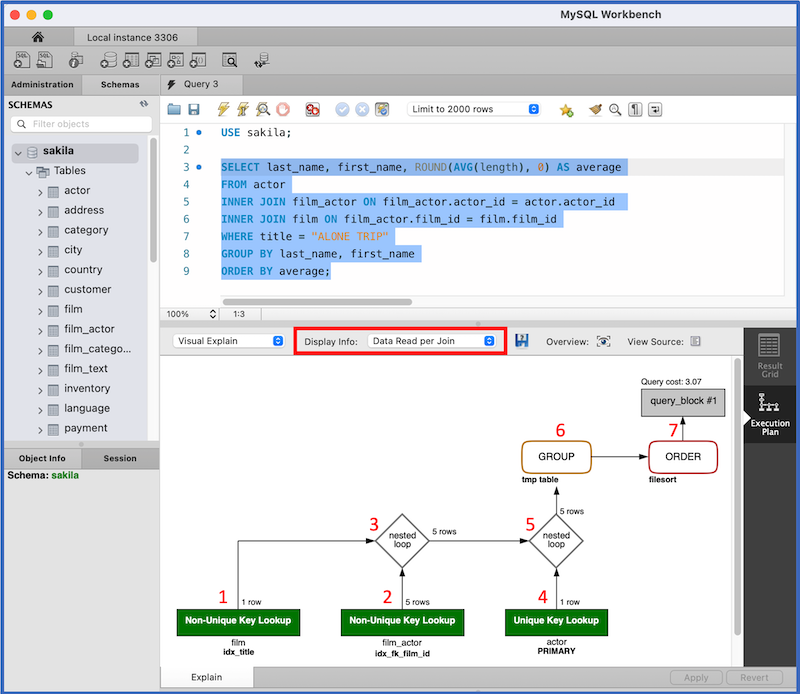Allocate at least 5 hours in the field to support this field experience.
Teacher candidates will learn about typical adolescent behaviors and characteristics from an administrator and a practicing teacher. Speak with your instructor if there is the need to interview alternate professionals, if necessary.
Part 1: Interview
Contact an administrator or instructional coach and a practicing teacher for secondary grades 6-12 and arrange separate interviews. Speak with your instructor if there is the need to interview alternate professionals, if necessary.
Use the following points of discussion to guide your interview:
- Discuss characteristics of adolescence.
- What characteristics seem to change the most and why?
- What characteristics seem to never change?
- How does physical development influence the characteristics of adolescence?
- How does cognitive development influence the characteristics of adolescence?
- How do social and emotional relationships influence the adolescents?
- What technologies are most effective to facilitate learning in adolescents?
Part 2: Reflection
In 250-500 words, summarize and reflect on your interviews. How does each individual’s approach to development in adolescence promote growth for students with physical, cognitive, or socioemotional needs? What forms of technology are most effective to facilitate development and learning in adolescents? Explain how you will use your findings in your future professional practice.
APA format is not required, but solid academic writing is expected.
This assignment uses a rubric. Review the rubric prior to beginning the assignment to become familiar with the expectations for successful completion.
You are required to submit this assignment to Turnitin.
Document the hours and locations that you spend in the field on your Clinical Field Experience Verification Form.
Submit the Clinical Field Experience Verification Form with the last assignment by the assignment due date. Directions for submitting can be found on the College of Education site in the Student Success Center.

